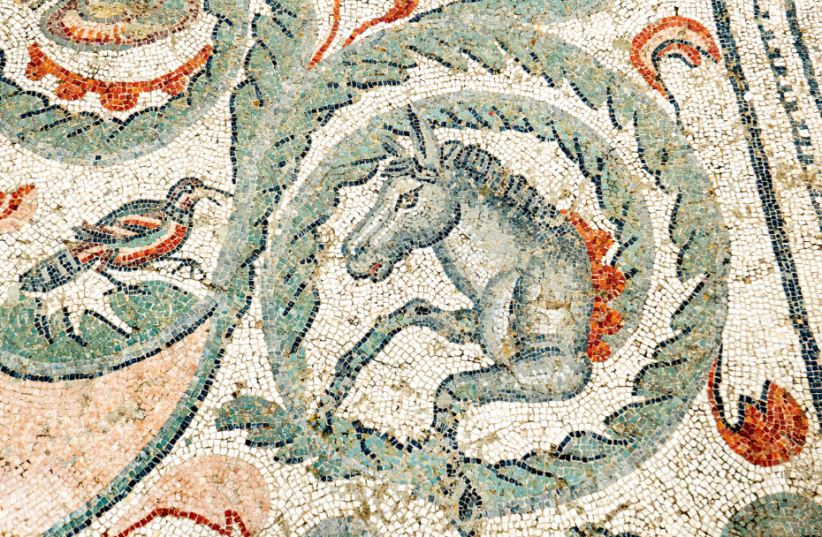The mosaic depicts Roman gods, mythological scenes, animals, trees, and plants, showcasing the rich artistry of the Roman era.
In a remarkable discovery, a farmer in southern Italy unearthed a 1,700-year-old Roman mosaic, astonishing archaeologists and history enthusiasts alike. The mosaic was found while the farmer was planning a cherry tree orchard and was hidden under less than 20 inches of soil in his field, according to La República.
"It's exciting to think that something like this was hidden under my feet for centuries," the farmer said, as reported by La República. The discovery generated excitement in the local community and among scholars.
Measuring approximately 84 square meters, the mosaic features a series of intricate images that represent gods and scenes from Roman mythology. It is populated with representations of animals of all kinds, as well as trees and plants, revealing the rich artistic heritage of the Roman era. The vibrant colors and complexity of the designs are a testament to the skill of the artisans of the time, La República reported.
The Roman mosaic is considered unique due to its exceptional state of conservation and the richness of its details. It retained much of its original splendor. Discovered in the locality of Villa Romana, in the Apulia region of Italy, the mosaic's unearthing offers clues about the historical context of the area. The find promises to provide new knowledge about life, art, and power in the eastern provinces of the Roman Empire. Although the excavation is not yet complete, archaeologists have high expectations about future discoveries in the area.





















